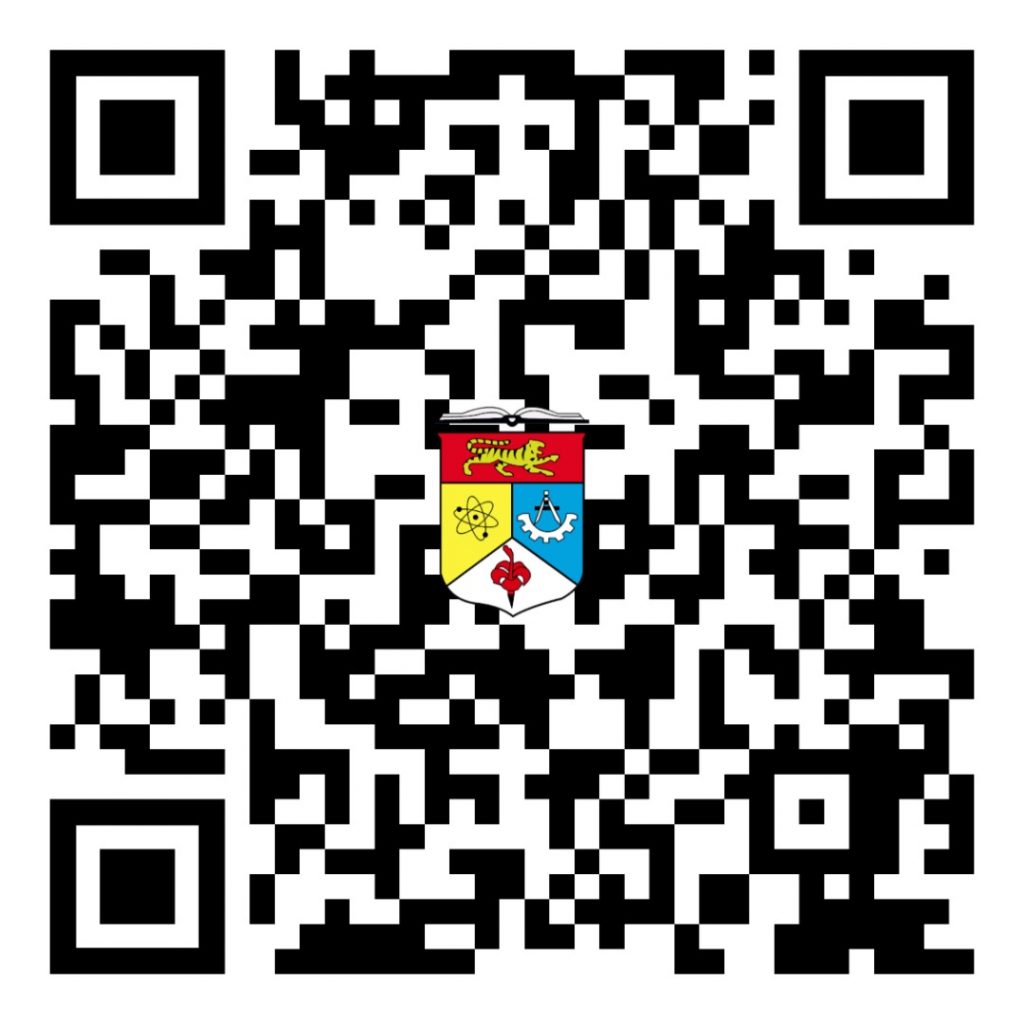The Higher Education English Test (HEET) provides a fair and accurate assessment of academic English proficiency within a second or foreign language context. Aligned with the Common European Framework of Reference for Languages (CEFR), the test is specifically designed to evaluate the English language proficiency of both local and international candidates seeking admission to Malaysian higher education institutions.
Test candidates are expected to have studied English as a core subject throughout secondary school and have successfully completed formal English examinations at the secondary school level. Furthermore, they are anticipated to have continued developing their English speaking and writing skills during their tertiary education, whether pursuing the Malaysian Higher School Certificate (STPM), a matriculation program, or a diploma.
The Higher Education English Test (HEET) assesses candidates’ proficiency in English across four key academic skills: listening, speaking, reading, and writing. Each test component is designed to comprehensively evaluate a wide range of English language abilities in non-native speakers, which are essential for successful academic pursuits in higher education institutions.
To help candidates achieve the necessary proficiency, the HEET Training Programme is structured from Level 1 to Level 7, aligning with the Common European Framework of Reference (CEFR) for languages. These levels are designed to cater to different stages of English language acquisition, from foundational support to advanced independent usage, ensuring targeted development in all four language skills.
The HEET Training Levels are categorized as follows:
The process of application for stand alone
English Language Competency


 Listening Test
Listening Test  Reading Test
Reading Test  Writing Test
Writing Test  Speaking Test
Speaking Test 